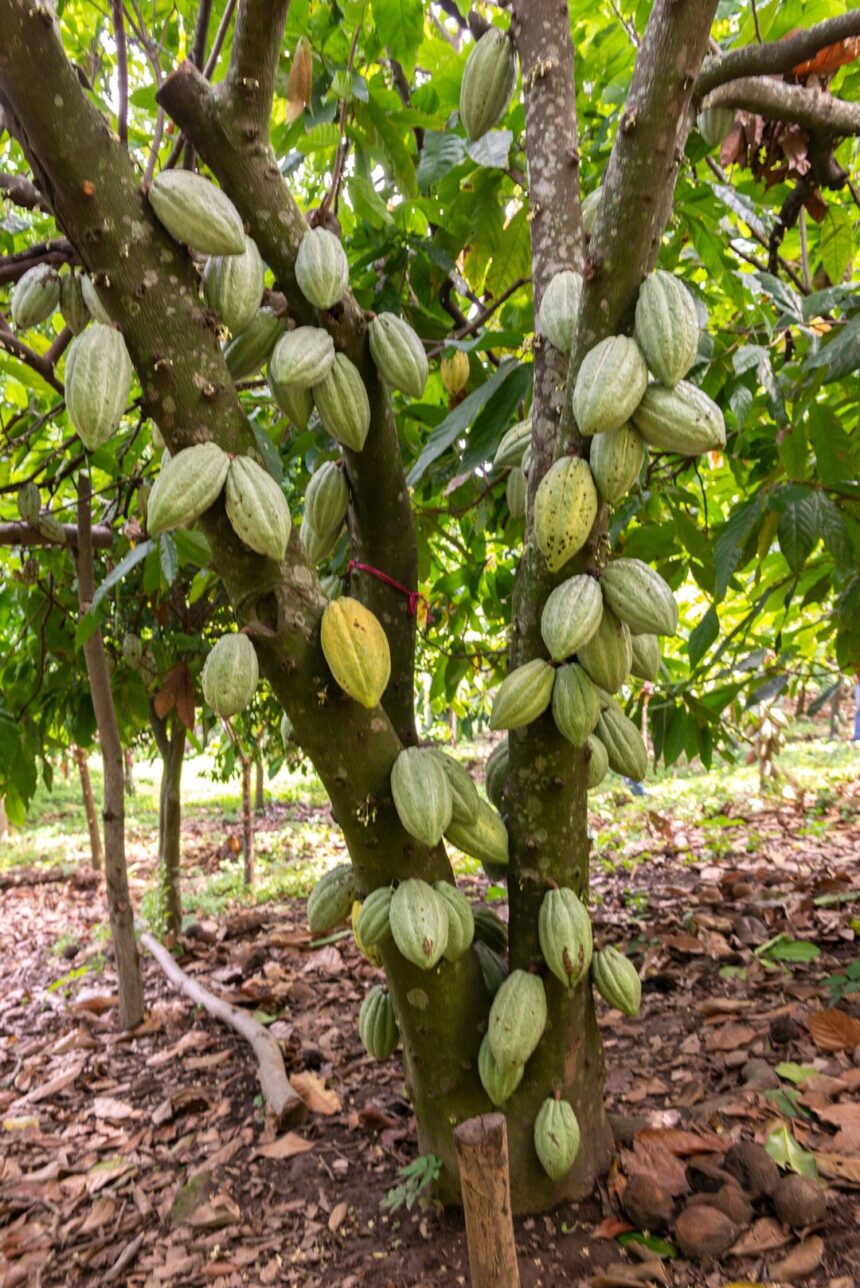Cocoa, the key ingredient in chocolate production, is cultivated primarily in regions with favorable climates, such as those found in South America. As consumer demand for high-quality chocolate continues to rise, cocoa producers in South America are faced with the challenge of enhancing both the quality and yield of their crops to meet market demands. Implementing effective techniques and practices can play a crucial role in achieving these goals while promoting sustainability and economic viability. Here are some techniques for enhancing quality and yield in South America for cocoa production:
- Improved Cultivation Practices:
Implementing modern cultivation practices can significantly impact cocoa quality and yield. This includes proper soil management, irrigation techniques, and planting practices tailored to the specific needs of cocoa trees. Utilizing organic fertilizers and integrated pest management strategies can also contribute to healthier trees and higher yields. - Varietal Selection:
Choosing the right cocoa varieties adapted to the local climate and soil conditions is essential for maximizing quality and yield. Some cocoa varieties are known for their superior flavor profiles and disease resistance, making them ideal choices for cultivation in South America. Researching and selecting appropriate cocoa varieties can help farmers achieve higher yields and better quality beans. - Proper Pruning and Canopy Management:
Pruning cocoa trees to promote optimal canopy structure and airflow can improve sunlight penetration and fruit production. Proper canopy management helps reduce disease incidence, improves fruit ripening, and enhances overall tree health. Training farmers in effective pruning techniques can lead to increased yields and better-quality cocoa beans. - Post-Harvest Handling and Processing:
Post-harvest handling and processing practices play a crucial role in preserving cocoa quality and flavor. Implementing proper fermentation and drying techniques is essential for developing desirable chocolate flavor characteristics and preventing mold growth. Investing in equipment and infrastructure for post-harvest processing can help farmers maintain quality standards and increase market competitiveness. - Quality Control and Certification Programs:
Participating in quality control and certification programs can provide cocoa producers with valuable resources and support for improving quality and yield. Certifications such as Fair Trade, Organic, and UTZ offer training, technical assistance, and access to premium markets for sustainably produced cocoa. Adhering to quality standards and certification requirements can enhance the value of cocoa beans and increase profitability for farmers. - Investment in Research and Innovation:
Continued investment in research and innovation is essential for driving advancements in cocoa cultivation, genetics, and processing. Collaborating with agricultural research institutions and industry partners can help identify new technologies and best practices for improving cocoa quality and yield. Supporting research initiatives focused on cocoa breeding, disease resistance, and sustainable farming practices can lead to significant improvements in productivity and profitability. - Climate-Smart Agriculture Practices:
Climate change poses significant challenges to cocoa production, including shifts in temperature, rainfall patterns, and the proliferation of pests and diseases. Adopting climate-smart agriculture practices, such as agroforestry, soil conservation, and water management, can help mitigate the impact of climate change while enhancing resilience and productivity in cocoa farming systems. - Capacity Building and Farmer Empowerment:
Providing training, education, and resources to cocoa farmers is essential for building their capacity and empowering them to adopt sustainable and profitable farming practices. Extension services, farmer cooperatives, and agricultural training programs can help disseminate knowledge and skills to cocoa farmers, enabling them to improve quality and yield while ensuring the long-term viability of their livelihoods.
In conclusion, enhancing quality and yield in South America for cocoa production requires a multifaceted approach that integrates improved cultivation practices, varietal selection, post-harvest handling, quality control, research, and innovation. By implementing these techniques and practices, cocoa producers can meet the growing demand for high-quality chocolate while promoting sustainability, resilience, and economic prosperity in cocoa-growing regions.
Join 'Farmers Mag' WhatsApp Channel
Get the latest Farming news and tips delivered straight to your WhatsApp
CLICK HERE TO JOIN






